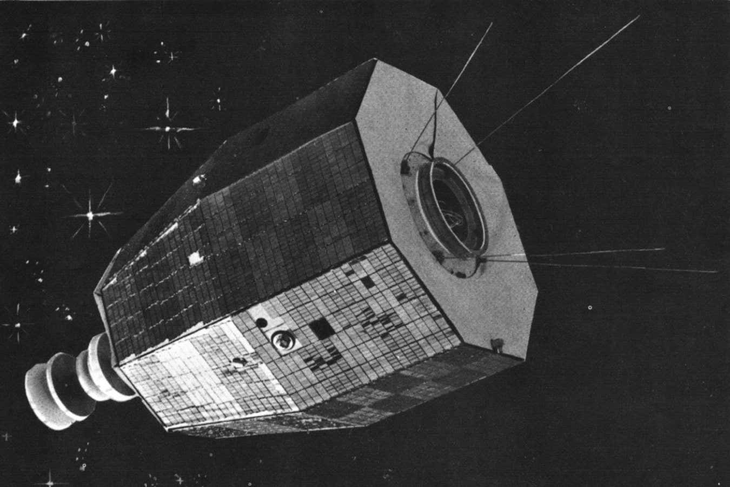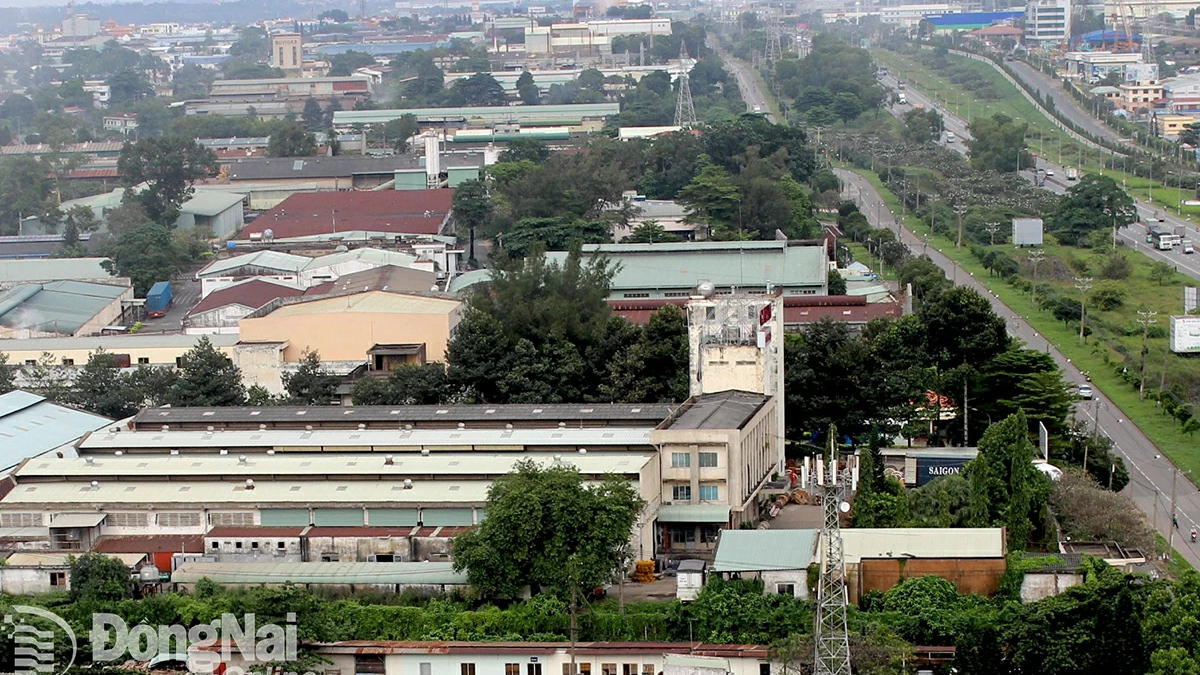
Illustration of NASA's Relay 1 satellite, the predecessor of Relay 2 - Photo: NASA
The incident happened last summer but has only just been published in the science magazine New Scientist . A research team from Curtin University in Australia accidentally discovered the strange and very strong signal from NASA's Relay 2 satellite while using the ASKAP radio telescope system to observe the night sky.
The signal was so strong and bright that it overshadowed all other objects for a moment that lasted only a few billionths of a second, according to astronomer Clancy James, who led the research team.
In particular, the signal is emitted from a distance so close to Earth that the telescopes in the system cannot simultaneously focus precisely on it.
After much analysis, the scientific team unexpectedly determined that the source of the signal was from NASA's Relay 2 satellite, a communications satellite launched in 1964 and decommissioned in 1967.
This raises many questions. How could a device that has been “dormant” for nearly 60 years be emitting such a strong signal?
There are two theories. One is that the satellite collided with an object in orbit. The other is that an electrical charge built up inside the satellite over decades and eventually released a powerful burst of energy called a static discharge.
Dr Karen Aplin, an astrophysicist at the University of Bristol in the UK, said that in the context of Earth's orbit becoming increasingly crowded with space junk and cheap satellites with poor protection capabilities, phenomena like the incident with Relay 2 could be a clue to a better understanding of electrical pulses in the universe.
She shared that detecting signals using radio waves could become a new tool to monitor and assess the risk from space-based electrical discharges.
Source: https://tuoitre.vn/ve-tinh-chet-cua-nasa-bat-ngo-phat-tin-hieu-la-sau-gan-60-nam-20250622230612397.htm




































































































Comment (0)